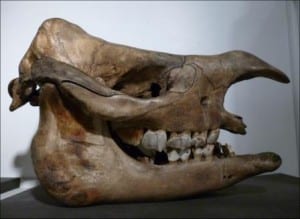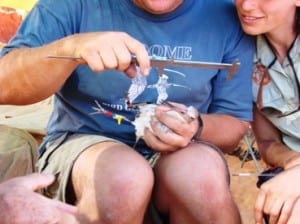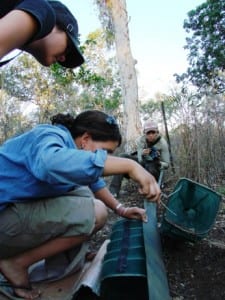Specimen of the Week: Week Four
By Emma-Louise Nicholls, on 7 November 2011
 Welcome to the 100th UCL Museums and Collections blog post!!! What an honour! I shall definitely be sharing a wine with scary monkey (see left) later on and he says he gives you all permission to leave work early for the momentous occasion. When you first start writing a weekly blog you suddenly become very aware of time and more to the point, how quickly it whips by! Already it is week four of the new specimen of the week blog. Someone pointed out yesterday it was only seven weeks until the new year. Frightening!
Welcome to the 100th UCL Museums and Collections blog post!!! What an honour! I shall definitely be sharing a wine with scary monkey (see left) later on and he says he gives you all permission to leave work early for the momentous occasion. When you first start writing a weekly blog you suddenly become very aware of time and more to the point, how quickly it whips by! Already it is week four of the new specimen of the week blog. Someone pointed out yesterday it was only seven weeks until the new year. Frightening!
Anywho, this week I have decided to choose one of my most favourite animals to tell you about. It is one of the largest species of the group to which it belongs and famous for its weird appearance. This week’s specimen of the week is… (more…)
 Close
Close






